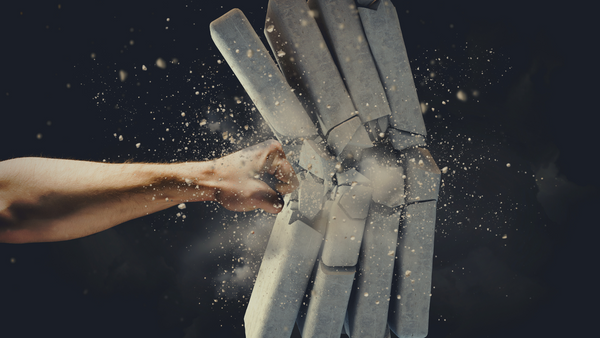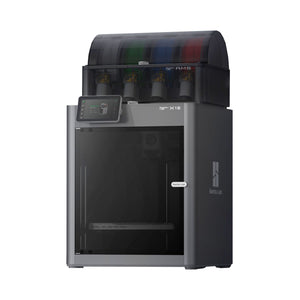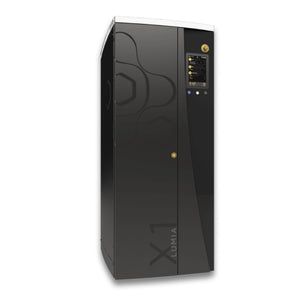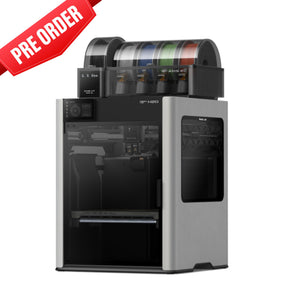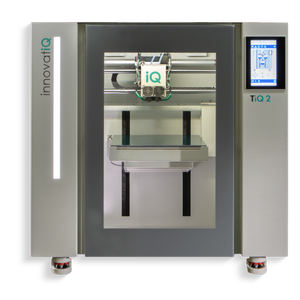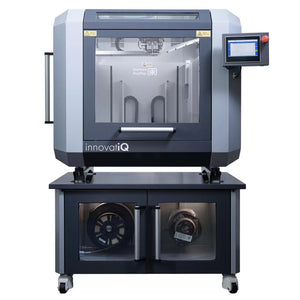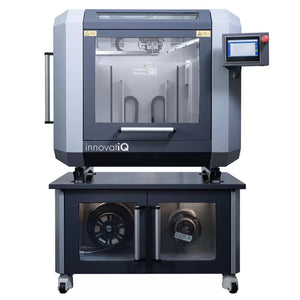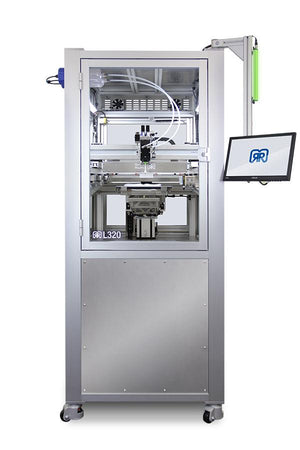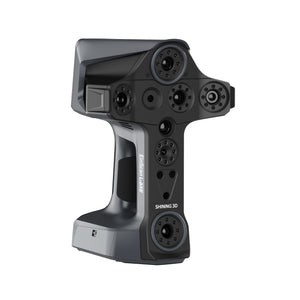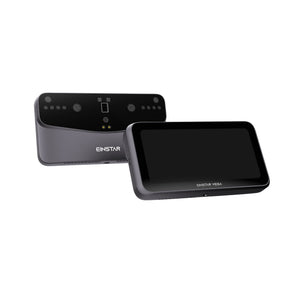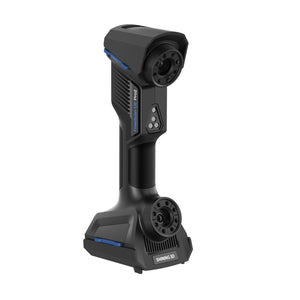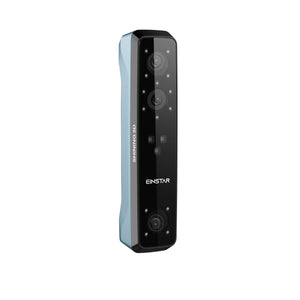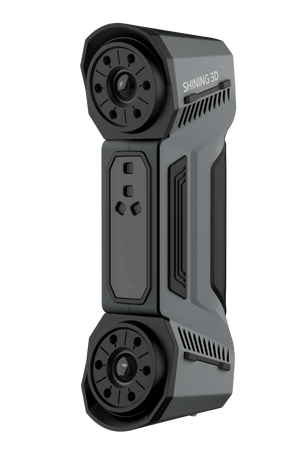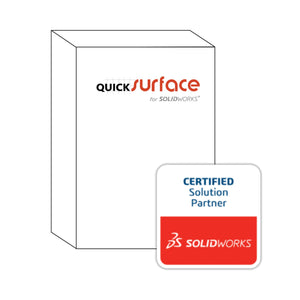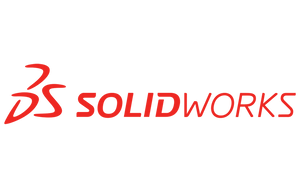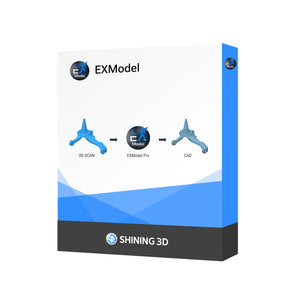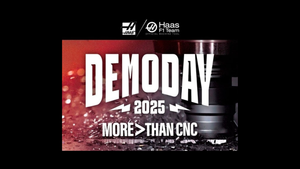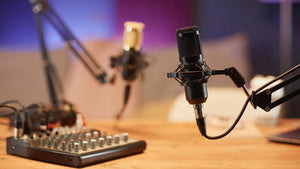Aug 24, 2018
Optimieren Sie für STÄRKE mit Simplify3D- und innovatiQ-3D-Druckern
Bei der Optimierung der Festigkeit sind viele Merkmale zu berücksichtigen. Dies hängt natürlich stark von den Materialeigenschaften Ihres Filaments ab.
Sie hängt außerdem stark von der Anzahl der Schalen im Teil, der Form der Füllung und der Dichte der Füllung ab. Das größte Preis-Leistungs-Verhältnis ist in der Regel die Anzahl der Schalen im Teil. Dies ist auf das Trägheitsmoment zurückzuführen, ähnlich dem Grund, warum ein I-Träger stark und gleichzeitig leicht ist. Experimentell haben wir herausgefunden, dass das standardmäßige geradlinige Füllmuster am stärksten ist. Wir drucken selten mit einer Füllung über 80 % und unsere Standardfüllung beträgt 20 %.
Für zusätzliche Festigkeit können die Teile schließlich etwas heißer gedruckt werden (um die Haftung zwischen den Schichten zu erhöhen) oder die Teile können mit einem kontrollierten Glühprozess nachbearbeitet werden.

